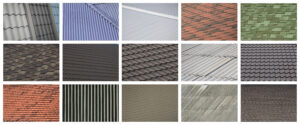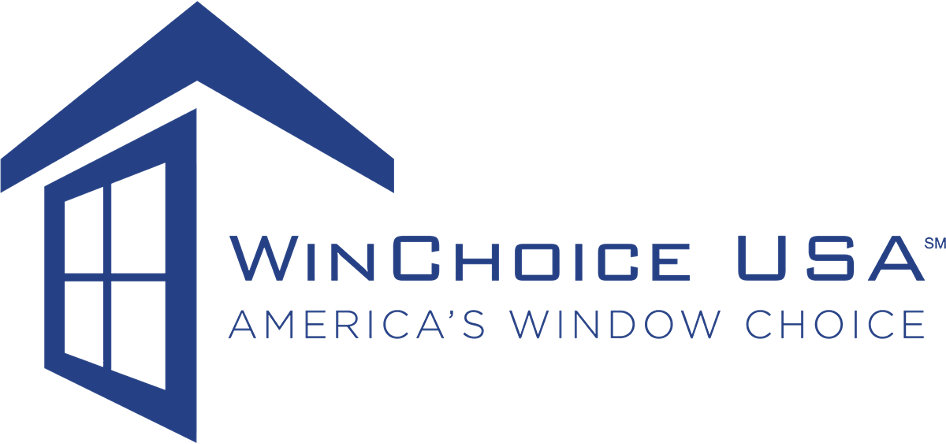Pros and Cons of Different Types of Shingles

*Updated August 20th, 2025
Your roof does more than just protect your home—it plays a big role in curb appeal, energy efficiency, and overall durability. If you’re thinking about replacing or upgrading your roof, choosing the right type of roof shingle is a big decision. With so many types of roofing materials on the market, from budget-friendly asphalt roof shingles to long-lasting metal shingles or elegant slate shingles, it’s important to know the pros and cons of each shingle type before making an investment.
Some shingles are affordable and easy to install, while others offer decades of durability but come with a higher price tag. Factors like climate, maintenance, and your home’s architectural style all play a role in finding the best fit. In this guide, we’ll break down the most common roof shingle types, their benefits, drawbacks, and what to consider before making your choice—so you can find the perfect roofing option for your home!
Factors to Consider When Choosing a Shingle
Picking the right roofing material isn’t just about looks—it’s about finding the best fit for your home, budget, and lifestyle. Here are the key factors to keep in mind before making a decision:
1. Durability: How Long Will It Last?
Some types of roofing materials can last 40+ years, while others may need replacing after 15–20 years. If you want a long-term investment, materials like a slate roof, tile roofing, or a metal roof are incredibly durable and can withstand harsh weather. On the other hand, asphalt shingles are a more affordable option but have a shorter lifespan and may need replacing sooner.
2. Cost: What’s Your Budget?
Your budget plays a big role in choosing the right roof system. Asphalt roof shingles are the most budget-friendly option, while luxury shingles like slate, clay, or copper carry a higher upfront cost but often last much longer. It’s important to think about long-term value—a pricier shingle type that lasts 50 years might actually save you money compared to a cheaper roof replacement that needs doing twice as often.
3. Climate Suitability: Can It Handle Your Weather?
Your local climate should heavily influence your roofing choice.
-
Live in a hot, sunny area? Tile roofing or a metal roofing system reflects heat better.
-
Prone to heavy rain or snow? A steep-sloped roof deck with durable dimensional shingles or a slate roof helps prevent water damage.
-
High wind or storm-prone region? Impact-resistant asphalt shingles or standing seam metal roofing provide excellent protection.
4. Maintenance: How Much Work Are You Willing to Put In?
Some roofing materials require more upkeep than others.
-
Asphalt shingles are low-maintenance but may need occasional roof repair after storms.
-
Metal shingles are incredibly durable and require little attention.
-
Wood shingles or wood shake shingles need regular sealing to prevent rot.
-
Rubber roof shingles and composite shingles are an eco-friendly, low-maintenance choice.
Top Types of Asphalt Roofing Shingles
When it comes to roofing, asphalt roof shingles are by far the most popular choice among homeowners—and for good reason! They’re affordable, versatile, and available in countless styles. Over 80% of homes in the U.S. use traditional asphalt shingles because they balance cost, durability, and design.
Beyond affordability, shingles are designed to resist algae, regulate temperature, and protect against impact. Plus, shingles come in many styles—from flat 3-tab roofing shingles to thick architectural roofing shingles or luxury shingles that mimic a slate roof or wood shake shingles.
Here’s a breakdown of the most common types of asphalt roofing shingles:
3-Tab Shingles
-
A single layer of asphalt cut into strips for a flat look.
-
Lightweight and budget-friendly, lasting 18–20 years.
Pros: Affordable, easy to install.
Cons: Basic look, less durable in extreme climates.
Architectural Shingles (Also Called Dimensional Shingles)
-
Laminated for a multi-layered, 3D appearance.
-
Mimic the look of slate shingles or shake shingles while boosting curb appeal.
Pros: Longer lifespan (up to 30 years), wind/snow resistance.
Cons: More expensive and heavier than 3-tab shingles.
Luxury Shingles
-
Premium asphalt shingles, sometimes referred to as laminate shingles.
-
Designed to replicate wood shake shingles or a slate roof with extra thickness.
Pros: Highly durable, beautiful designs, can last 30+ years.
Cons: Heavyweight and higher cost.
Other Popular Roof Shingle Types
-
Wood Shingles & Cedar Shingles: Natural look, up to 50 years with care.
-
Wood Shake Shingles: Hand-cut for rustic charm but higher maintenance.
-
Metal Shingles: Long-lasting (40–100 years), available in aluminum, steel, or copper.
-
Slate Roof: A premium roofing option; a slate roof can last 75+ years.
-
Clay & Tile Roofing: Classic, durable, fire-resistant but heavy.
-
Rubber Shingles: Eco-friendly, low-maintenance, mold resistant.
-
Composite Shingles: Lightweight, versatile, and can imitate almost any roof shingle type.
-
Solar Shingles: Provide clean energy while protecting your roof.
Final Thoughts on Choosing Shingles for Your Home
Selecting the right roof shingle isn’t just about picking a color—it’s about balancing protection, durability, and cost. Shingles come in a variety of materials, designs, and lifespans, so the best fit depends on your climate, budget, and style preferences.
A trusted roofing contractor can help you navigate the many different types of roof shingles available, from affordable asphalt shingles to long-lasting roofing solutions like slate roofs or metal roofing systems. No matter which roofing option you choose, a well-installed roof system ensures beauty, energy efficiency, and peace of mind for decades.
Additional Shingles Resources
- Homeowner’s Guide to GAF Shingles
- Asphalt Shingles: A Complete Guide
- What Are Architectural Shingles?
- Can You Install a Metal Roof Over Shingles?

Anna has over six years of experience in the home services and journalism industries and serves as the Content Manager at MyHomePros.com, specializing in making complex home improvement topics like HVAC, roofing, and plumbing accessible to all. With a bachelor’s degree in journalism from Auburn University, she excels in crafting localized, comprehensive guides that cater to homeowners’ unique needs. Living on both coasts of the United States has equipped her with a distinctive perspective, fueling her passion for turning any house into a cherished home through informed, personalized decision-making.
Connect with top-rated local contractors who can help you with siding, roofing, HVAC, windows, and more. Get free quotes from verified professionals in your area today.








